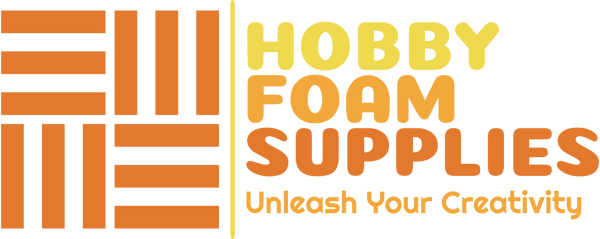Creating Educational Puzzles with XPS Foam: A Step-by-Step Guide
XPS foam, or extruded polystyrene foam, is a versatile material that can be used to create a variety of educational puzzles. It's lightweight, durable, and easy to work with, making it an ideal choice for both kids and adults.
Here's a step-by-step guide on how to create your own educational puzzles using XPS foam:
Step 1: Gather Your Materials
- XPS foam sheets: Choose the thickness based on the complexity of your puzzle.
- Cutting tools: A utility knife or a hot wire cutter works well for XPS foam.
- Drawing tools: A pencil, marker, or stencil.
- Paint or markers: To color or label your puzzle pieces.
- Glue: To secure the pieces together.
Step 2: Design Your Puzzle
- Choose a theme: Decide what you want your puzzle to teach, such as the alphabet, numbers, shapes, or vocabulary words.
- Sketch your design: Draw out your puzzle on a piece of paper. Consider the shape and size of the pieces, as well as any patterns or designs you want to include.
Step 3: Transfer Your Design to the XPS Foam
- Trace or project: Use a projector or trace your design onto the XPS foam.
- Cut out the pieces: Carefully cut out the pieces using your utility knife or hot wire cutter.
Step 4: Paint or Decorate
- Color or label: Paint or use markers to color or label the pieces according to your design.
- Add details: You can add details like textures, patterns, or images to make your puzzle more visually appealing.
Step 5: Assemble the Puzzle
- Create a base: If desired, glue the pieces onto a cardboard or wooden base for a more sturdy puzzle.
- Test your puzzle: Assemble the puzzle yourself to ensure it fits together correctly and is challenging but solvable.
Additional Tips:
- Consider the age group: Tailor the difficulty of the puzzle to the age and skill level of the intended audience.
- Make it durable: For long-lasting puzzles, consider laminating the pieces or sealing them with a clear coat.
- Get creative: Experiment with different shapes, sizes, and designs to create unique and engaging puzzles.
By following these steps, you can create custom educational puzzles that are both fun and informative. Enjoy the process of designing and crafting your own learning tool!

